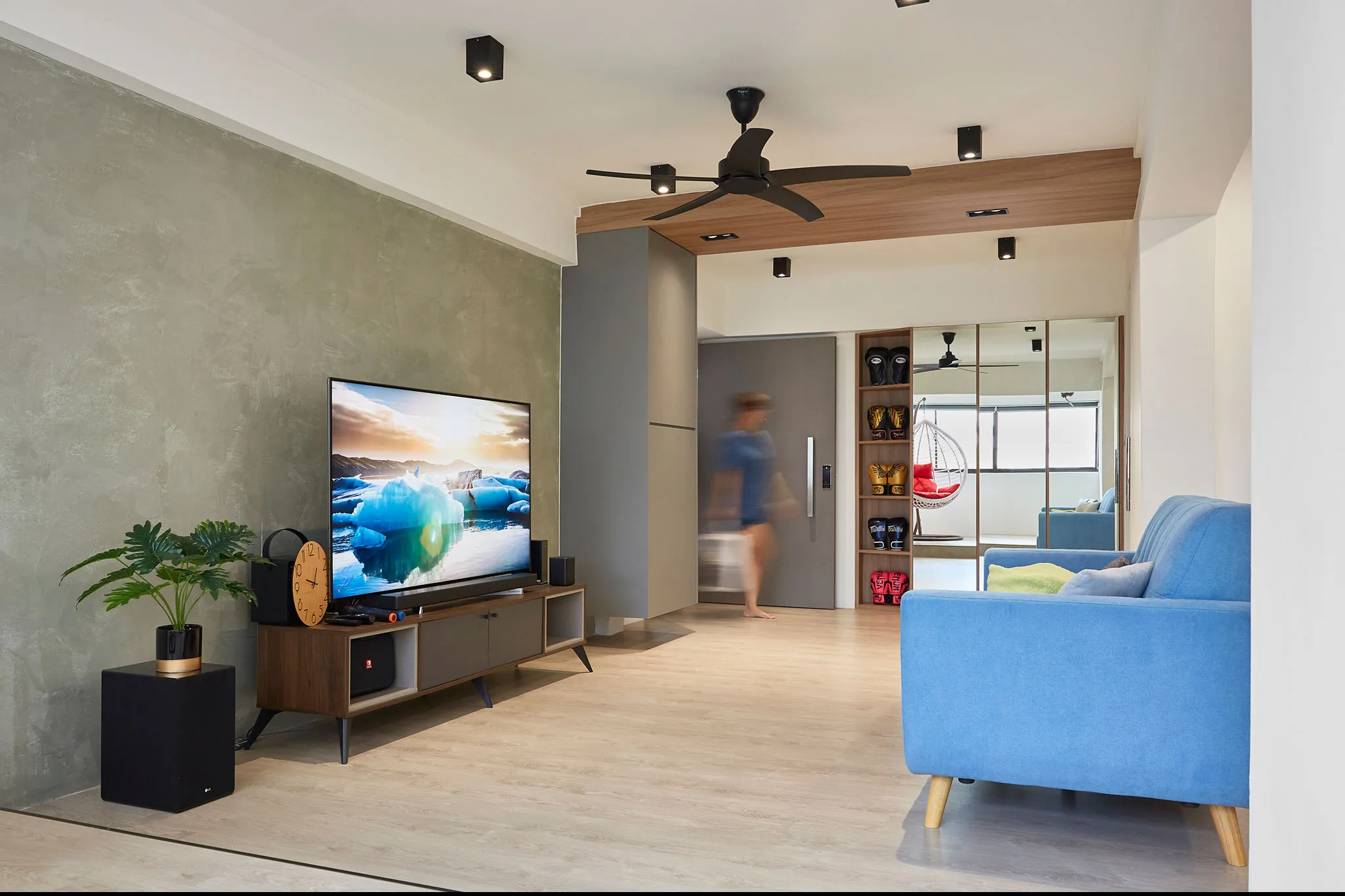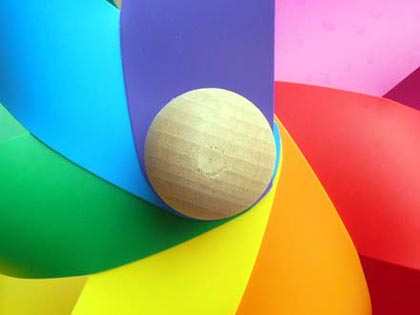You’ll discover that mastering interior photography in Singapore demands split-second decisions as equatorial light shifts dramatically throughout the day. Your camera settings must adapt to intense morning glare filtering through floor-to-ceiling windows, then compensate when afternoon thunderclouds suddenly plunge spaces into shadow. The humidity fogs your lens, fluorescent tubes cast green tints on marble surfaces, and you’re battling three different color temperatures simultaneously. Here’s where technical precision separates amateur snapshots from professional imagery that captures a space’s true character.
Understanding Natural Light Dynamics in Singapore’s Tropical Climate
When you’re photographing interiors in Singapore’s equatorial environment, you’ll encounter light that behaves dramatically differently from temperate climates. The sun’s position shifts rapidly throughout the day, creating harsh shadows and intense contrasts. You’ll notice morning light floods through east-facing windows with extraordinary intensity, while afternoon sun penetrates deep into spaces, often overexposing surfaces. As a singapore interior photographer, you must anticipate these dramatic shifts. The high humidity creates atmospheric haze that softens distant light sources, while frequent cloud cover produces sudden illumination changes. You’ll need to work quickly, adapting your camera settings to capture Singapore’s unique tropical lighting conditions effectively.

Strategic Artificial Lighting Techniques for Interior Spaces
Because Singapore’s unpredictable natural light demands backup solutions, you’ll master artificial lighting as your primary creative control mechanism. Position key lights at 45-degree angles to create dimensional shadows that define architectural features. Use fill lights to eliminate harsh contrasts while maintaining texture visibility. Deploy accent lighting to highlight focal points—artwork, unique fixtures, or statement furniture pieces. Control color temperature meticulously: 3200K tungsten creates warmth, while 5600K daylight maintains neutral accuracy. Employ light modifiers—softboxes, umbrellas, and diffusion panels—to shape harsh direct illumination into flattering, even coverage that enhances spatial depth without overwhelming natural ambient conditions.
Color Temperature Control and Shadow Management
Master color temperature consistency across multiple light sources to achieve cohesive visual narratives that don’t distract viewers with competing color casts. You’ll need precise kelvin measurements—daylight reads 5600K while tungsten measures 3200K. Use color temperature meters to match artificial lighting with ambient conditions. Control shadows strategically by positioning fill lights at 45-degree angles from your key source. Hard shadows create drama; soft shadows maintain detail in recessed areas. Flag unwanted spill light using black cards or barn doors. Balance shadow density at 1-2 stops below highlight exposure for *ideal* detail retention while preserving dimensional depth.
Equipment Selection and Setup for Professional Results
Professional lighting control demands specific equipment configurations that deliver consistent, measurable results across varied interior environments. You’ll need variable-output strobes with modeling lights, wireless triggers for precise timing, and light meters for accurate exposure readings. Essential modifiers include softboxes, umbrellas, and reflectors that shape light quality. Sturdy stands with boom arms enable positioning flexibility in tight spaces. Your kit should feature color temperature meters, flags for light control, and diffusion materials. Remote power packs ensure consistent output across multiple heads. Quality cables, backup batteries, and lens filters complete your professional arsenal for Singapore’s diverse interior challenges.
